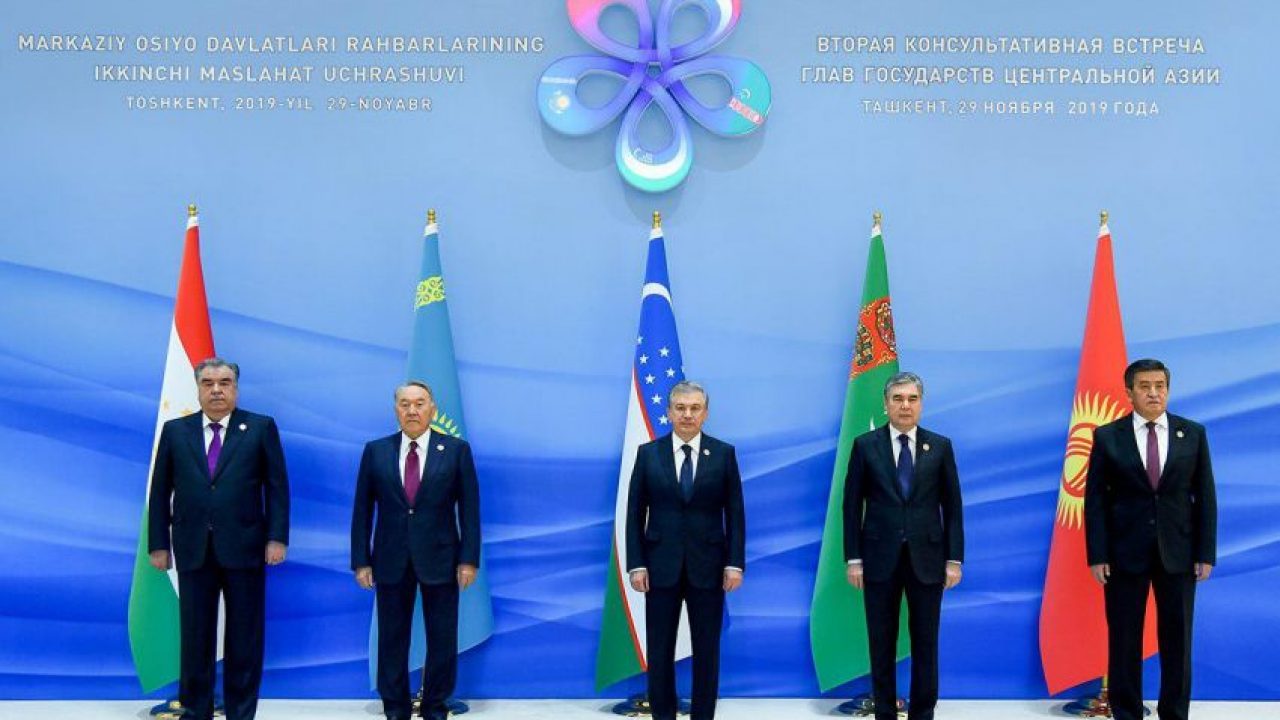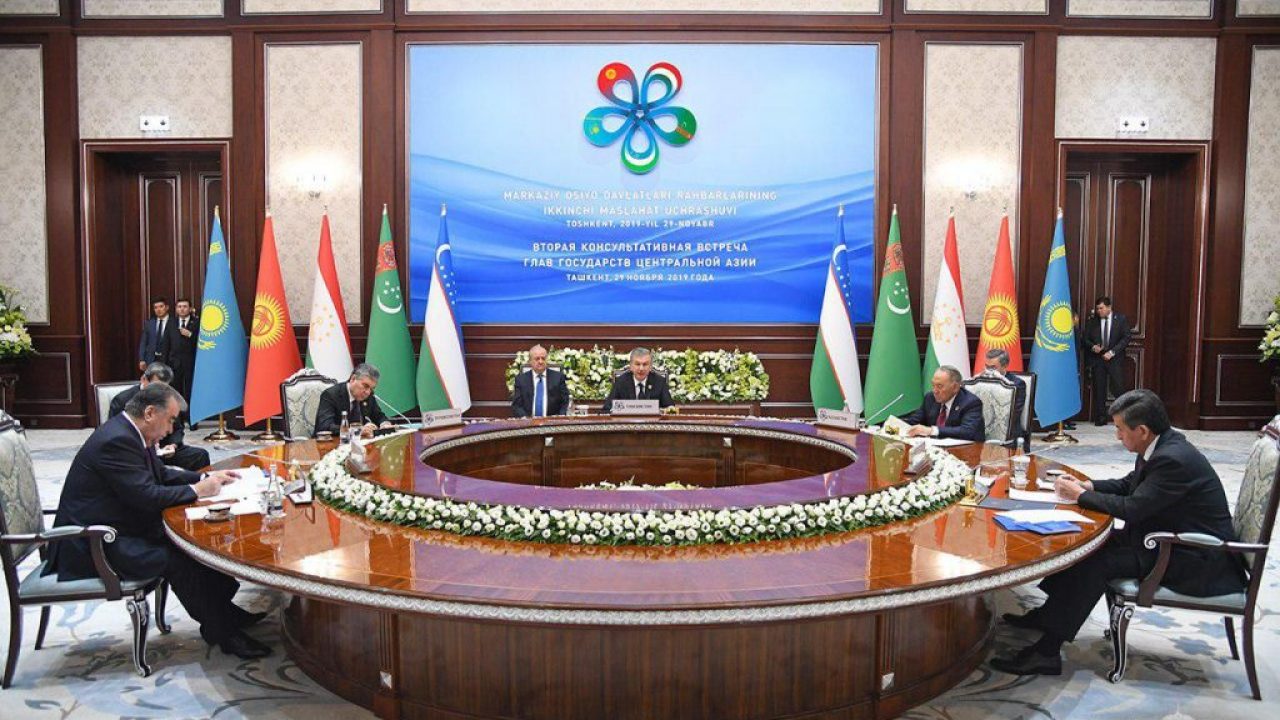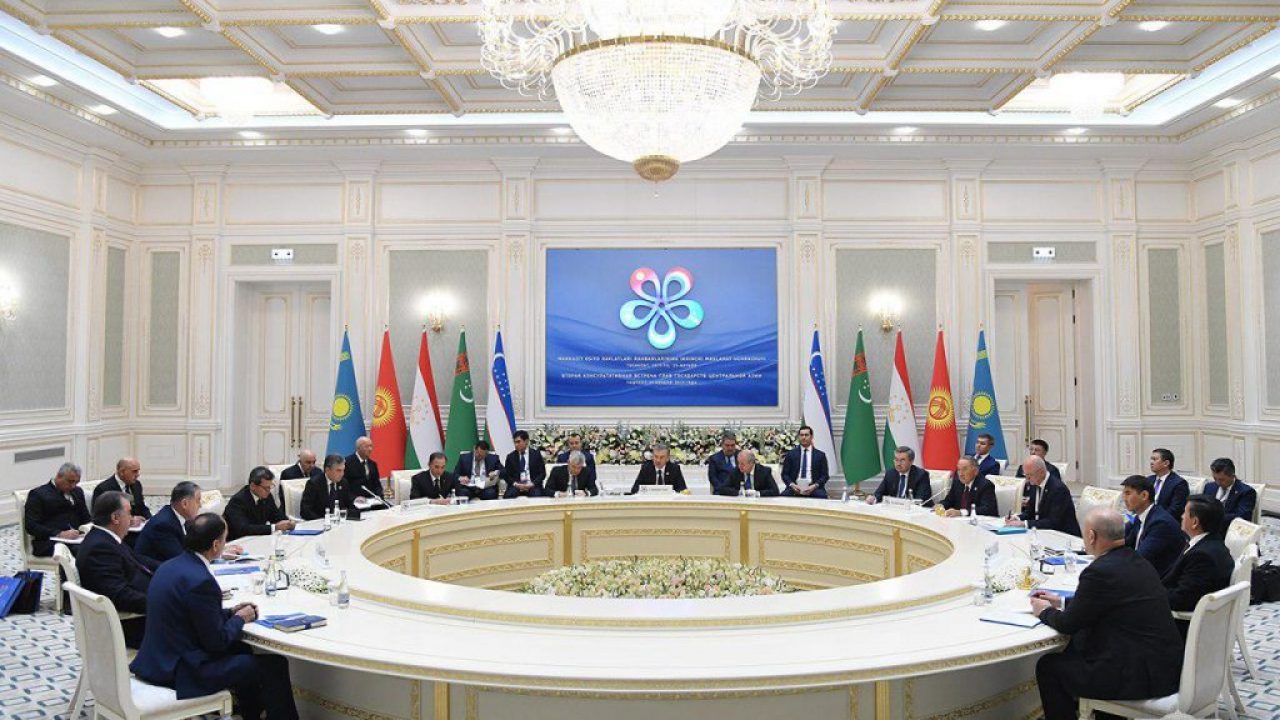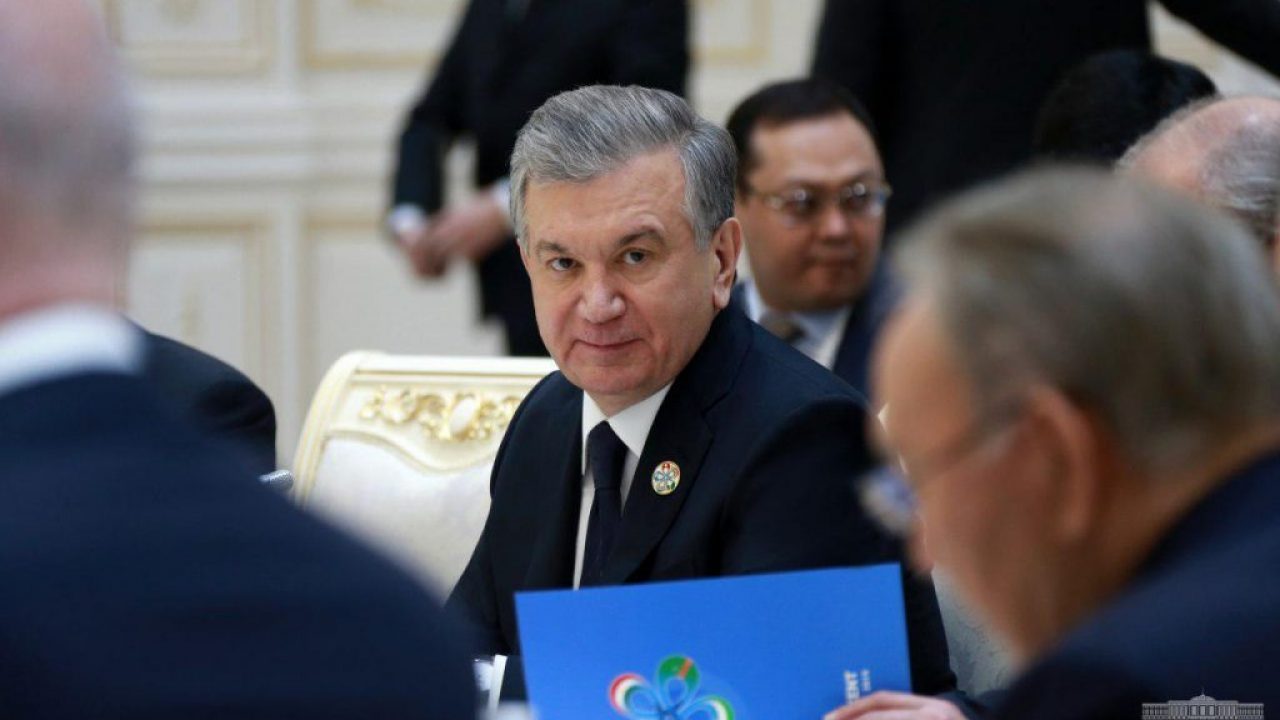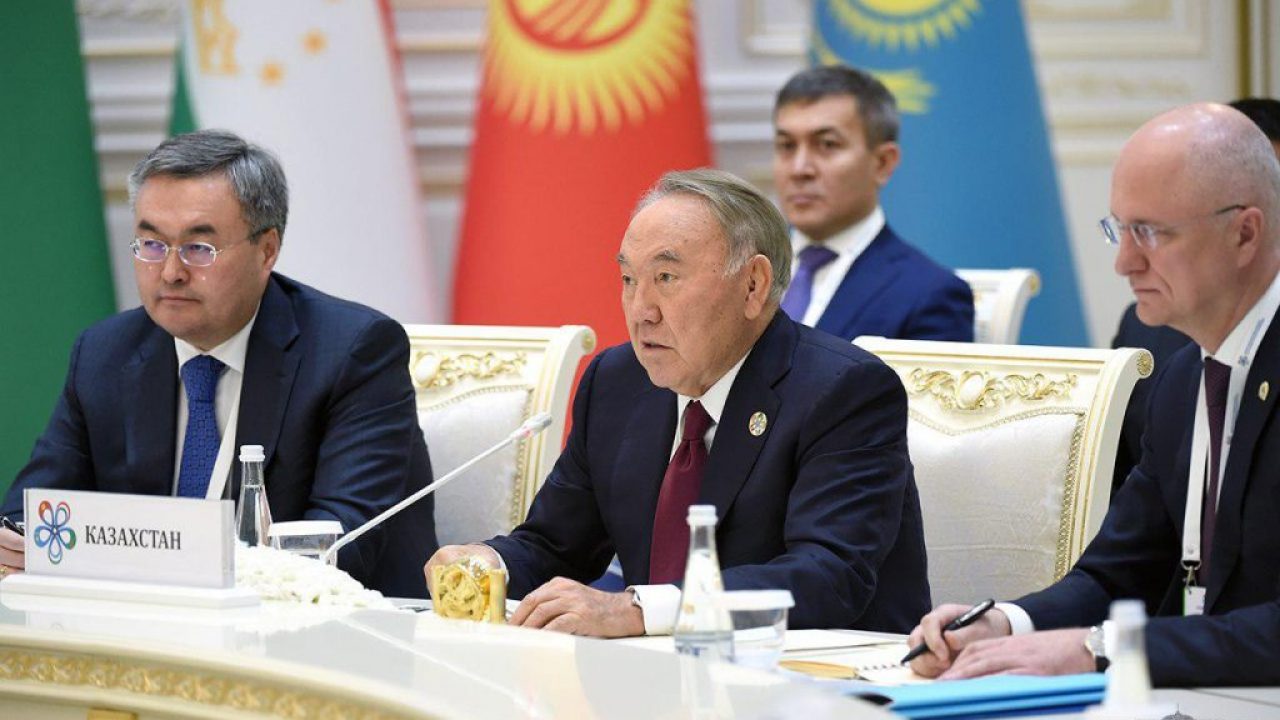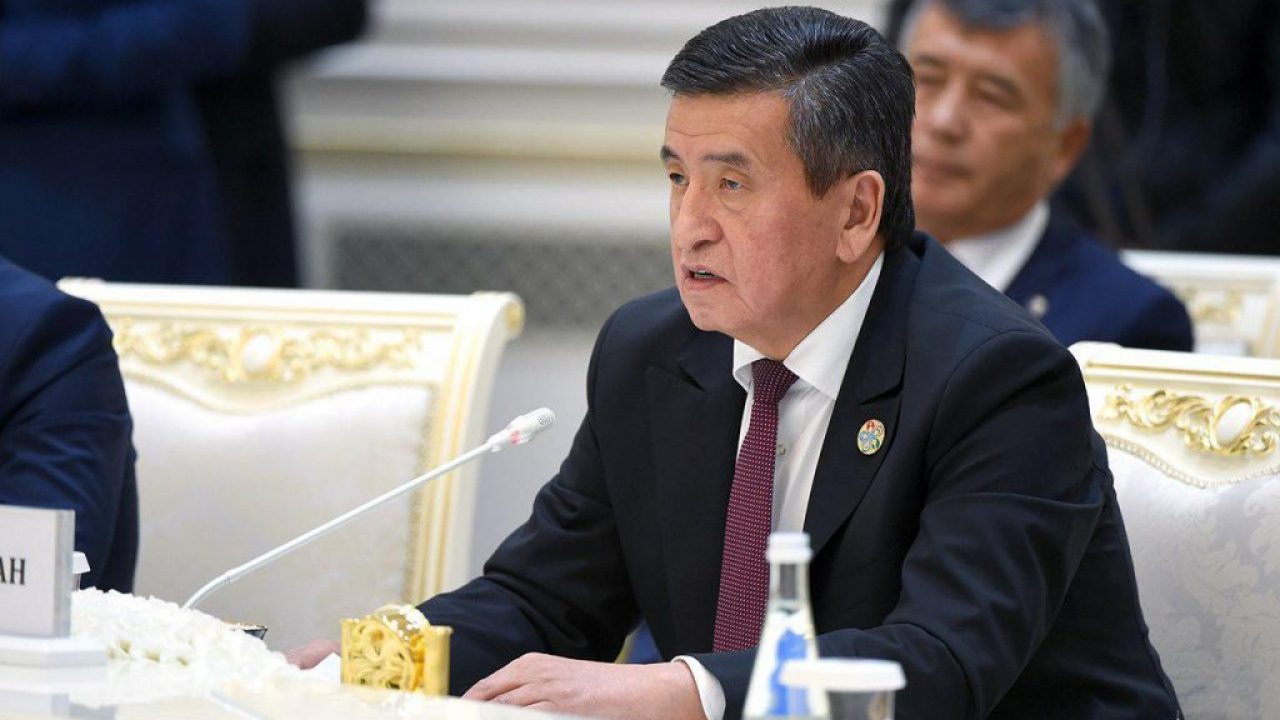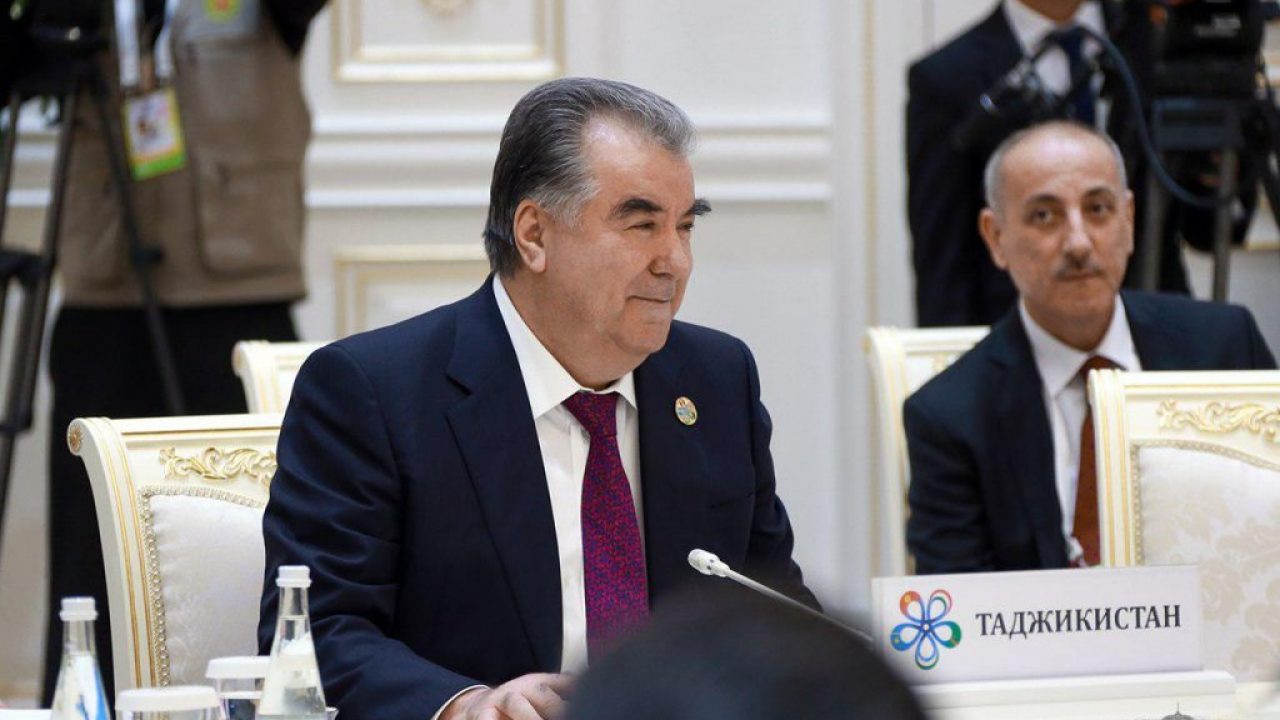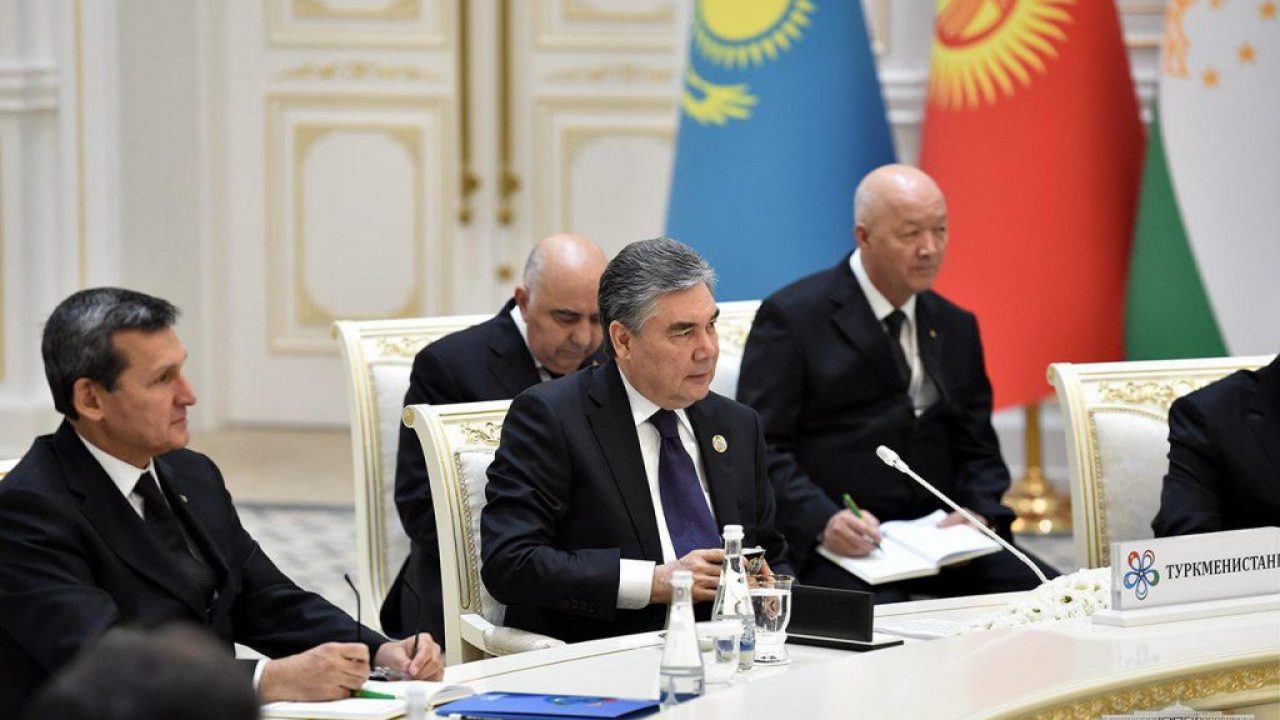«The Tashkent meeting, despite the rather positive political rhetoric, raised new questions adding up to those of last year’s meeting in Kazakhstan. The states in the region keep reassuring each other of their commitment to strengthening cooperation, but there is a feeling that the countries themselves do not have a clear vision of such prospects», – notes Yuriy Sarukhanyan, an expert on international relations, a participant of the CABAR.asia School of Analytics from Tashkent.
Follow us on Facebook
Imagine scrolling the news feed and seeing a message that the summit of the European Union (EU)’s heads of state got canceled for an indefinite period. The cancellation is due to, for example, Macron’s busy schedule, Merkel’s parliamentary elections, the UK’s focus on Brexit issues, strikes in Poland and other reasons. It is difficult to suppose the case even hypothetically, isn’t it?
But it is unlikely that the March news on the postponed consultative meeting of the heads of Central Asian states has shocked someone. Comparison with the EU is certainly more caricatured and, in some ways, not exactly accurate. However, this is done intentionally to demonstrate how the culture of regional cooperation in Europe is way ahead of the Central Asian counterpart. In Central Asia, regionalization has not yet become an integral part of the identity of political elites. Therefore, issues of regional cooperation are often overshadowed by something allegedly more important in the domestic political arena or in bilateral relations.
Nevertheless, on November 29, Tashkent, for the first time in restarting regionalization era, hosted a meeting of Central Asian leaders.
Why does regionalization restart freeze?
Certain factors caused suspicion even after the March 2018 meeting in Kazakhstan amid euphoria reigning among political elites and in the media. First, this concerned the rhetoric used during the meeting. There was a big inclination towards discussing the role of the heads of state in reviving cooperation in the region. The fact that the initiative to normalize relations between states comes from top officials should not surprise anyone who is familiar with the features of the public administration system in the region. However, president centrism in launching a regional dialogue always negatively affects the stability of the whole process. Such a trap leaves the region under the risk to go through the 1990s scenario. In this regard, the absence of the President of Turkmenistan, given his ongoing disputes with Kazakh and Tajik fellows, rang an alarm bell.

Postponing the second meeting has finally proved the fragility of the regional dialogue. Against this backdrop, the situation on the Kyrgyz-Tajik border escalated several times, transit blackmail between Turkmenistan and Tajikistan continued, and Kasym-Zhomart Tokayev was appointed as president of Kazakhstan. These issues apparently became the main reason for meeting to take place just in November. Tashkent did not like the risk of the absence of one of the five, and the political elite worked to ensure the presence of all heads of the states. This once again confirms that the development of regional cooperation cannot yet be separated from the state of bilateral relations. This brings us back to the point that regional thinking in Central Asia has not yet been formed.
Relapse of Central Asian cooperation’s declarative syndrome
Unfortunately, in this case, we once again have to perceive the very fact of the second meeting as a relative success. Given its background, it would be naive to expect some breakthrough decisions as a result. The heads of the state habitually declared their commitment to reviving regional partnership, talked about the topics on the agenda: strengthening trade and economic cooperation, ensuring security, demarcation of borders, Afghanistan, the Aral crisis, humanitarian cooperation, etc.
Against the background of the routineness of the meeting, the most striking matter was Kasym-Zhomart Tokaev’s absence, with Nursultan Nazarbayev in his substitution. He is still definitely a key figure in the hierarchy of Kazakhstan’s political elite. But the very fact of Kazakh president’s absence leaves with no hope for a full meeting of the five regional leaders, at least until meeting in Kyrgyzstan in 2020. Assigning Nazarbayev the status of honorary chairman turns him into a kind of Central Asian wedding general and confuses the coordinate system of this format. Kazakhstan castling makes one wonder whether Tokayev will participate in the upcoming meetings and in what status will Elbasy continue to attend them.
Consultative meeting of the heads of Central Asian states in Tashkent. Photo: president.uzComing back to the rhetoric of the meeting, it is worth to note that the participants quite expectedly focused on the most relevant topics on their agenda. For instance, Mirziyoyev, as the host, presented a global action program to develop regional cooperation. Rakhmon and Jeenbekov focused on border demarcation issues and problems of water resources use. Berdymukhamedov, debuting in a new format, focused on the Afghanistan issue and the strategy of cooperation with external actors. Nazarbayev, in his turn, reminisced on the symbolism of the 90s, talking about barrier-free Central Asia (free movement of goods, services, and capital), Turkestan and the Day of Central Asia.
At the same time, the parties in their speeches voiced concrete and, by the way, quite adequate initiatives to expand cooperation. For instance, proposals were made for the creation of a Business Council, a Central Asian Investment Fund, a Council for Transport Communications, an Inter-Parliamentary Friendship Group, an International Tourism Conference, regional sports competitions and the establishment of a Central Asian Prize in the field of science, culture, and art.
On the one hand, it is delighting to hear those ideas in the rhetoric of political elites. But on the other hand, it is worth noting that not even one of the initiatives was reflected in the final statement, which again has a declarative character. Besides, the action plan on expanding cooperation that could describe the activities planned by the states does not have open access. If these initiatives will remain on paper or would be carried out just for show, the regionalization process runs a risk of starting to stall and then falling into stagnation.
What is next?
The Tashkent meeting, despite the rather positive political rhetoric, raised new questions adding up to those of last year’s meeting in Kazakhstan. The states in the region keep reassuring each other of their commitment to strengthening cooperation, but there is a feeling that the countries themselves do not have a clear vision of such prospects. The sustainability of the regionalization process that Central Asia is trying to launch will depend on several factors.
The first. The ability of political elites to instill a Central Asian identity will have a great influence on the effectiveness of this process. The states in the region must agree on the exact date for the annual meetings of the heads of state, on their mandatory participation (in full force) and supervening the meeting delays. At the same time, neither bilateral relations issues, nor internal political processes, nor external factors should influence the holding of meetings of the five. This format should turn from an extraordinary event to a mandatory agenda item in the minds of political elites.
As for the date of the meetings, the initial idea of holding it on the eve of Navruz, in my opinion, gave the restart of the regional dialogue a special charm, because it is this holiday that unites the countries of the region, being an integral part of their identity.
The second. The states of the region should continue to resist the temptation to create supranational institutions and torpedo the formation of integration mechanisms for which they are not ready. Central Asia in the medium term needs to establish a regional dialogue, not its bureaucratization. A sharp jump towards any kind of integration model will create a gap between rhetoric and the real level of interaction between countries. In its turn, it will plunge the region again in the era of Platonic integration, which would consist solely of adapting the declarations of intent. Instead, the countries need to begin work on consolidating positions regarding the external actors’ initiatives and to stop falling into their macro-regional traps. This applies to both the ideas of Eurasianism and various kinds of “Greater Central Asia”, which are very popular in certain political and expert circles.
The third. In addition to meetings of heads of state, countries should consider launching sectoral dialogue platforms, especially in the transport, energy and natural resources sectors. As mentioned above, similar ideas were voiced during the Tashkent meeting. But the problem is that these initiatives remain at a declarative level, widening the gap between rhetoric and real actions. In the meantime, such cooperation format could be a good tool for improving the quality and content of the regional dialogue. These platforms, not being supranational institutions, can function in the mode of working groups, quickly solve emerging problems between states and contribute to the development of regional projects in the above sectors.
The establishment of direct B2B relations (“Business to business” – editor’s note) would as well be appropriate. However, they should have an economic rationale and be spared from excessive politicization, when deliberately unprofitable projects are implemented by decree from above for beautiful news headlines.
Fourth. The launch of cross-border cooperation is still relevant, especially in the light of attempts to resolve cross-border disputes, ensure security and resolve issues related to the sharing of natural resources. At the expense of it, countries can create conditions for a system of interdependence and joint housekeeping where possible. This mechanism will help to transfer the regional cooperation initiative from the clumsy machinery of the state apparatus to local communities, consolidate ties between the population living in the border areas, and as well as start the process of decentralization of decision-making on regionalization issues. Successful experience in cross-border cooperation in a single sector can become a trigger for its implementation at the regional level.
Fifth. Prospects for the development of regional dialogue will also depend on the establishment of humanitarian cooperation and the effectiveness of public diplomacy mechanisms. This will allow us not only to move further from the top-down approach to cooperation but also to make its basis more stable and independent of the moods of political elites. Certain ideas in this direction were voiced during the meeting. Moreover, public diplomacy should become autonomous at the earliest and not fit into the political mainstream operating solely based on government regulations.
Regional dialogue and effective cooperation mechanisms between the five of Central Asia are key conditions for ending the regional fragmentation. The results of being in a state of mutual disregard demonstrated the whole inefficiency of the egocentric development model to the political elites of the Central Asian states. The republics of the region are too dependent on each other for this model to ensure stable development and confront current challenges. If political elites can go against their ambitions and desire to demonstrate their idiosyncrasy to the world, preferring to solve problems important for the future of the region, Central Asia will once more have a chance to regain its lost geopolitical identity.
This article was prepared as part of the Giving Voice, Driving Change – from the Borderland to the Steppes Project. The opinions expressed in the article do not reflect the position of the editorial or donor.


